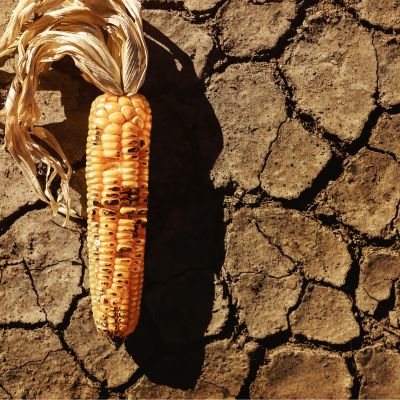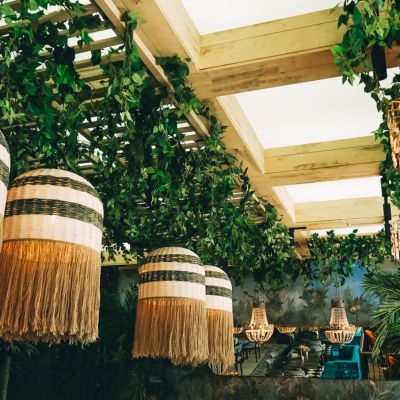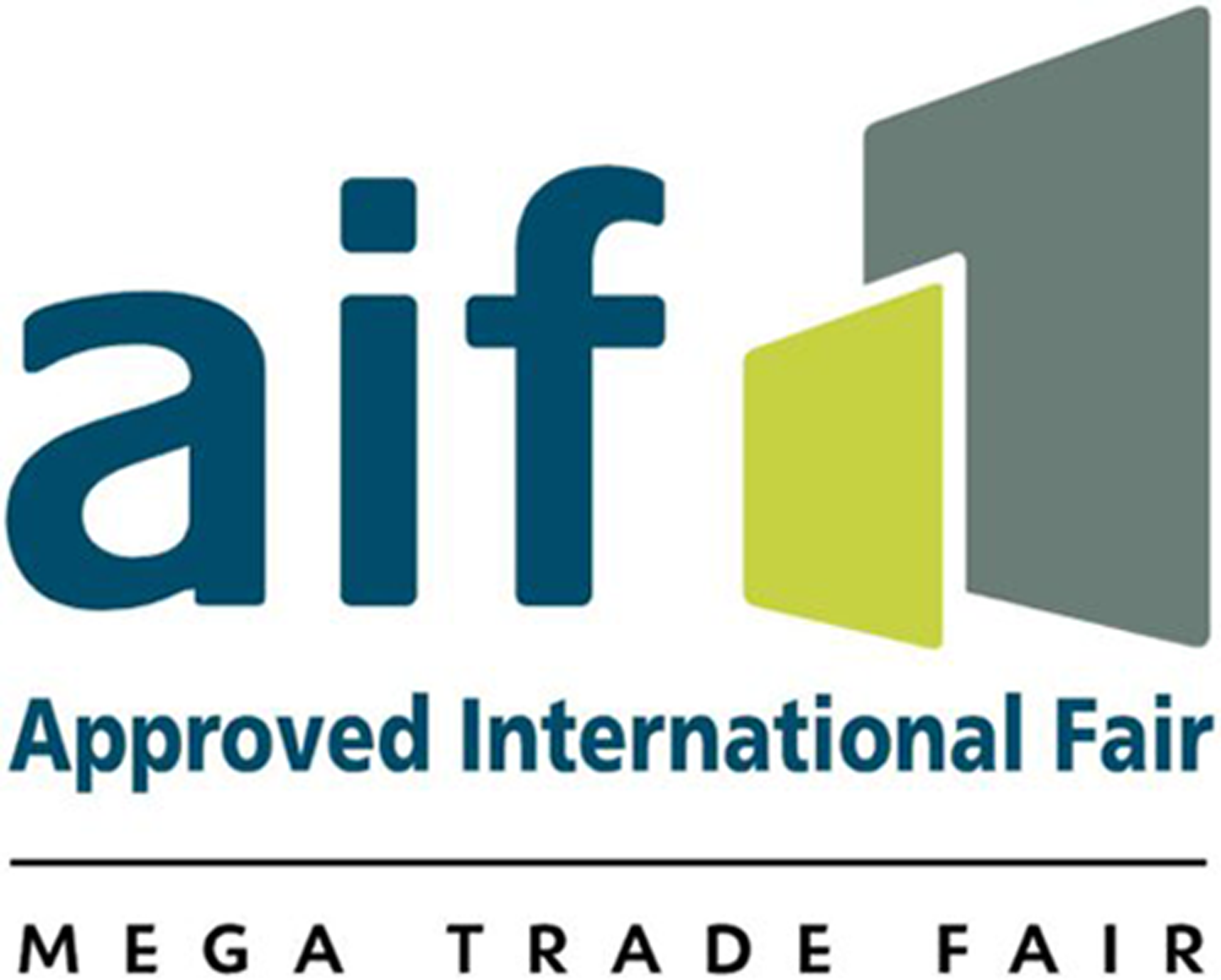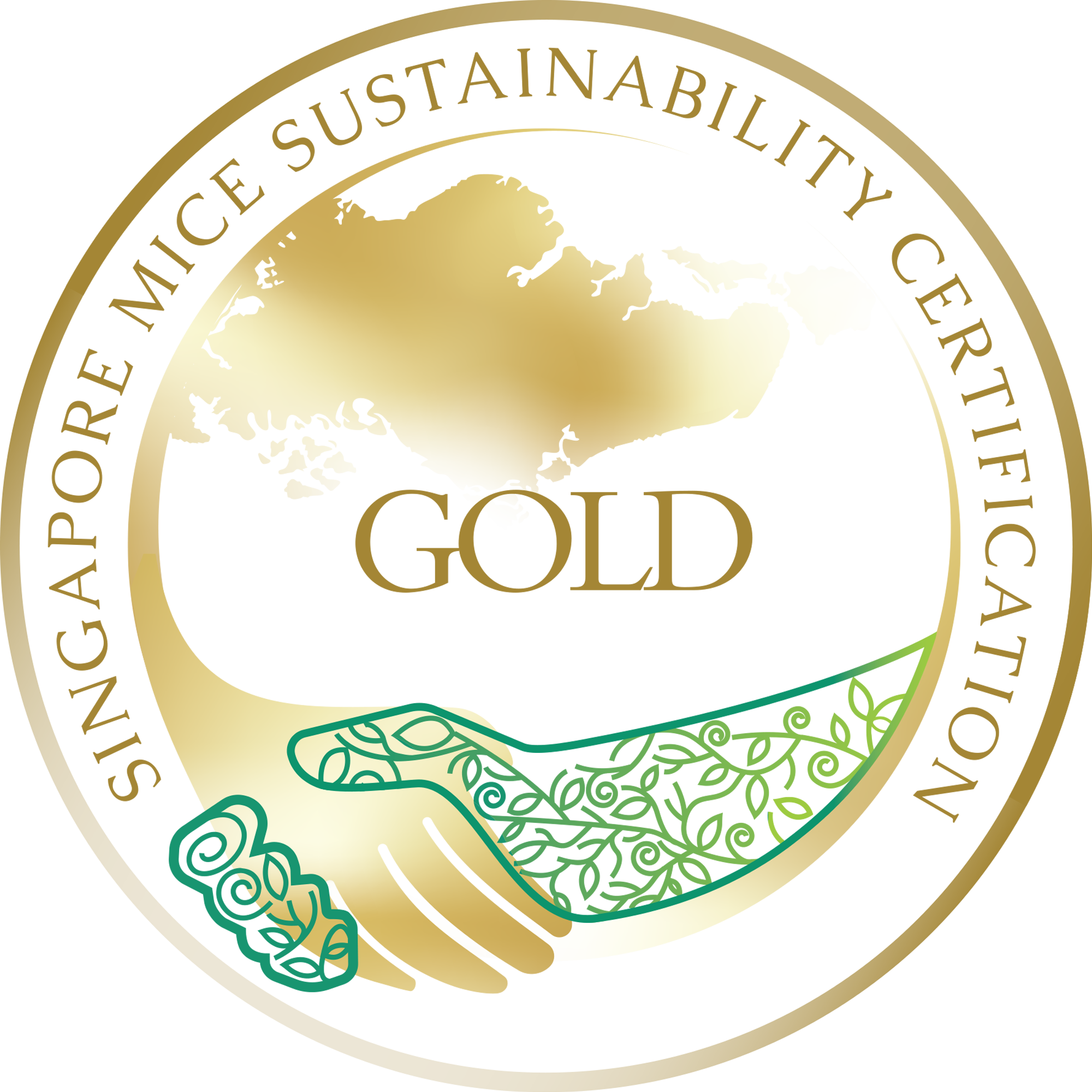As appreciation for wine grows across Southeast Asia, familiarizing ourselves with wine terminology is becoming increasingly essential.
The revenue of the South Asian wine industry is expected to grow annually by 7.15% (CAGR 2024-2028).
Whether you’re exploring a local vineyard, offering the best wines to your customers, or enjoying a glass at a dinner party, understanding wine terms can elevate your experience and help you appreciate the nuances of each sip.
From learning about grape varieties and winemaking techniques to understanding tasting notes and wine regions, understanding wine terms allows you to communicate effectively about your preferences and make informed choices when selecting wines.
So, whether you’re a novice wine enthusiast or a seasoned connoisseur, understanding the vocabulary of wine is worth your efforts.
Today, we are simplifying wine terms so you can find your perfect taste and order confidently.
Wine terms starting with “A.”
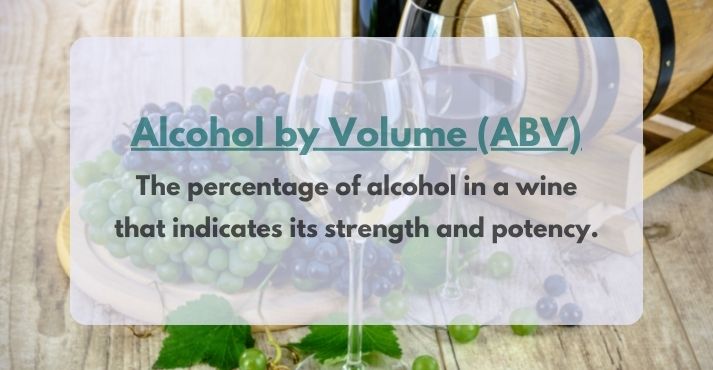
- Aeration: The process of exposing wine to air, often by decanting, to enhance its flavors and aromas by allowing oxygen to interact with the wine.
- Acidity: A key component of wine that provides crispness and freshness, contributing to its balance and ability to pair well with food.
- Aging: The maturation process wine undergoes while in the bottle, which can soften tannins, develop complex flavors, and improve overall quality.
- Alcohol by volume (ABV): The percentage of alcohol in a wine that indicates its strength and potency.
- Amarone: Italian red wine made from dried grapes, resulting in a rich, full-bodied wine with intense flavors of dried fruits and spices.
- Aperitif: A light, often dry, alcoholic beverage served before a meal to stimulate the appetite and prepare the palate for dining.
- Appellation: A legally defined and protected geographical indication used to identify where the grapes for a wine were grown, ensuring quality and authenticity.
Wine terms starting with “B.”
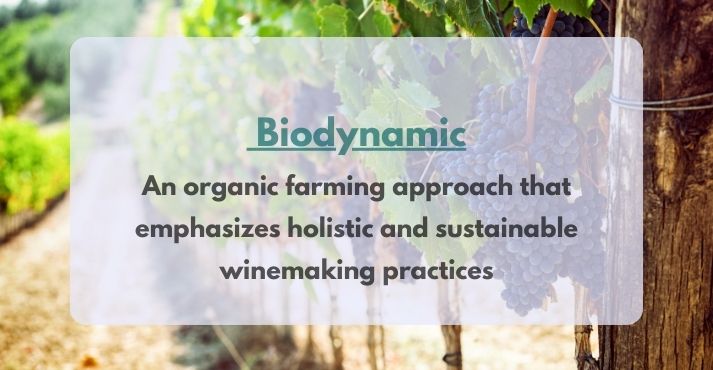
- Balance: The integration of various components in wine, including acidity, sweetness, tannins, and alcohol, results in a well-rounded and pleasing taste.
- Barrique: A miniature oak barrel used for aging wine, which imparts flavors of vanilla, spice, and toast to the wine.
- Biodynamic: An organic farming approach that emphasizes holistic and sustainable winemaking practices, incorporating lunar cycles and natural preparations to enhance vineyard health.
- Blanc de Blancs: A sparkling wine made exclusively from white grapes, typically Chardonnay, resulting in a crisp and elegant wine with citrus and floral notes.
- Blanc de Noirs: A type of sparkling wine made exclusively from black grapes, such as Pinot Noir or Pinot Meunier, resulting in a rich and complex wine with flavors of red fruits and brioche.
- Body: The perceived weight and fullness of wine on the palate, ranging from light-bodied (e.g., Pinot Grigio) to full-bodied (e.g., Cabernet Sauvignon), influenced by factors such as alcohol content and tannins.
- Bordeaux: A renowned wine region in France famous for producing high-quality red blends predominantly made from Cabernet Sauvignon, Merlot, and Cabernet Franc grapes.
- Botrytis Cinerea: A beneficial mold that can develop on grapes under specific conditions, producing sweet dessert wines with concentrated flavors, such as Sauternes.
- Brut: A term used to describe dry or very dry sparkling wines with minimal residual sugar, resulting in a crisp and refreshing style.
- Burgundy: A prestigious wine region in France known for producing red and white wines, including Pinot Noir and Chardonnay, celebrated for their complexity and terroir-driven characteristics.
Wine terms starting with “C.”
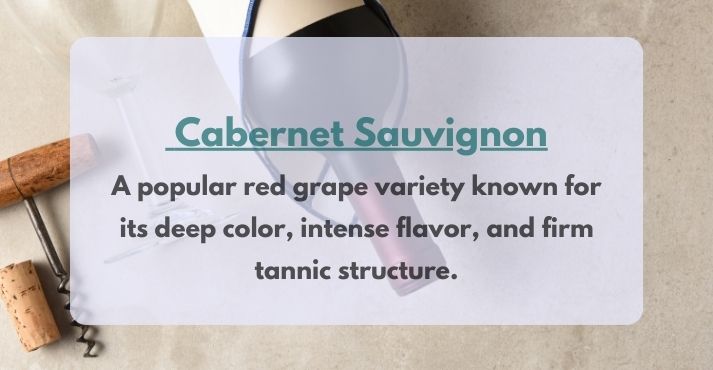
- Cabernet Franc: A red grape variety commonly used in Bordeaux blends, known for its aromatic qualities, including herbal and floral notes, as well as flavors of red berries and tobacco.
- Cabernet Sauvignon: It is a popular red grape variety known for its deep color, intense flavors of blackcurrant, plum, and cedar, and firm tannic structure. It is widely grown in wine regions worldwide.
- Carbonic Maceration: A winemaking technique where whole grape clusters are fermented in a carbon dioxide-rich environment, resulting in fruity and floral aromas, low tannins, and a soft, easy-drinking style.
- Champagne: A sparkling wine produced in the Champagne region of France using the traditional method, characterized by its fine bubbles, crisp acidity, and complex flavors of green apple, citrus, and brioche.
- Chaptalization: The process of adding sugar to grapes before fermentation increases the alcohol content in the resulting wine. It is commonly used in cool-climate regions to aid ripening.
- Chardonnay: A white grape variety is known for producing a wide range of wines, from crisp and unoaked styles with green apple and citrus flavors to rich buttery wines with notes of tropical fruits and vanilla.
- Charmant Method: A winemaking technique used to produce sparkling wines, where the secondary fermentation takes place in a large tank rather than individual bottles, resulting in wines with a fresher and fruitier character.
- Claret: A term historically used to describe red wines from Bordeaux, particularly those made from Cabernet Sauvignon and Merlot grapes, typically characterized by their medium to entire body, firm tannins, and flavors of black fruits and spices.
- Cloying: A sensory characteristic used to describe wines that are excessively sweet and sticky on the palate, lacking balance and finesse.
- Complexity: A desirable attribute in wine characterized by multiple layers of flavors, aromas, and textures that evolve and unfold over time, contributing to a wine’s depth and interest.
- Corked: A term used to describe a wine contaminated by cork taint, resulting in off-flavors such as musty, wet cardboard and a loss of fruit expression.
Wine terms starting with “D.”
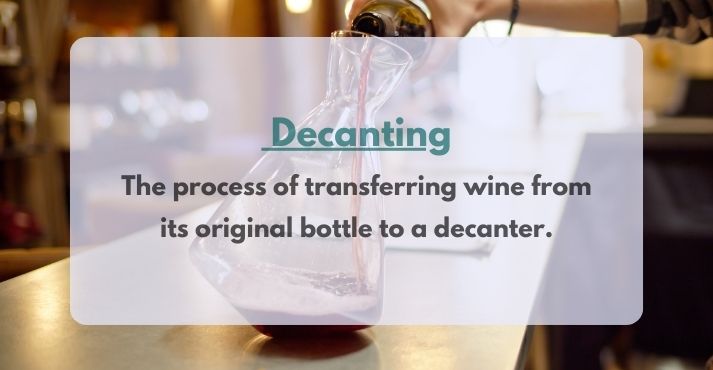
- Decanting: It is the process of transferring wine from its original bottle to a decanter, typically to separate it from sediment and allow it to aerate, enhancing its flavors and aromas before serving.
- Delicate: A descriptor that characterizes wines with subtle, complex flavors and aromas, often associated with lighter-bodied white wines and delicate reds like Pinot Noir.
- Demi-Sec: A term used to describe slightly sweet wines, particularly sparkling wines and Champagnes, with a noticeable but not overpowering level of residual sugar, balancing acidity and sweetness.
- Dessert Wine: A category of sweet wines typically enjoyed after a meal, characterized by their high residual sugar content and intense flavors, often made from late-harvest or botrytized grapes.
- Dry: A descriptor indicating the absence of sweetness in a wine where all or most grape sugars have been fermented into alcohol, resulting in a crisp and refreshing taste.
Wine terms starting with “E.”
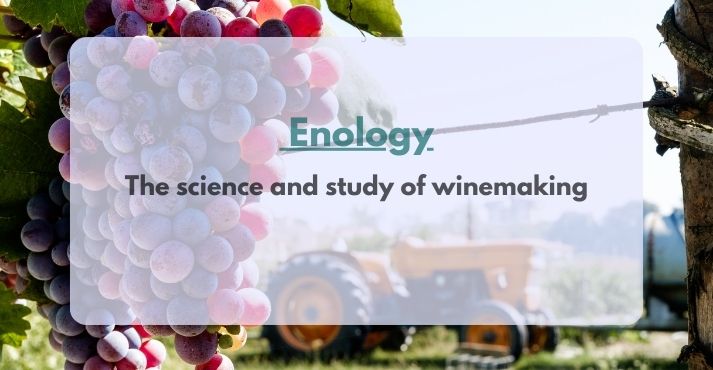
- Earthy: A tasting term used to describe wines with aromas and flavors reminiscent of soil, minerals, or damp forest floor, often associated with red wines and terroir-driven characteristics.
- Elegant: A descriptor used to characterize wines that are refined, balanced, and graceful in their expression, showcasing finesse and sophistication rather than boldness or power.
- Enology: The science and study of winemaking, including various aspects such as grape growing, fermentation, aging, and bottling techniques, aimed at producing high-quality wines.
- Estate Bottled: A term indicating that the wine has been produced, bottled, and labeled at the wineries on the vineyard estate, ensuring control over the entire winemaking process from grape to bottle.
Wine terms starting with “F”
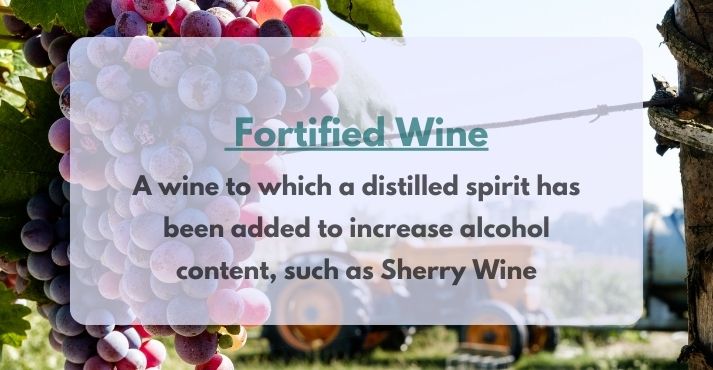
- Fermentation: The process where yeast converts grape sugars into alcohol and carbon dioxide, transforming grape juice into wine.
- Finish The lingering aftertaste of a wine experience in the mouth after swallowing, reflecting its overall quality and complexity.
- Fizzy: A descriptor for sparkling wines or wines with slight effervescence, characterized by bubbles that tickle the palate.
- Floral: A tasting term used to describe wines with aromatic characteristics reminiscent of flowers, such as rose, jasmine, or orange blossom.
- Fortified Wine: A wine to which a distilled spirit, typically brandy, has been added to increase alcohol content, such as Port, Sherry wine, or Madeira.
- French Oak: Oak barrels made from Quercus robur or Quercus petraea are commonly used for aging wine. They impart flavors of vanilla, spice, and toast.
- Fruity: A tasting term used to describe wines with prominent fruit flavors and aromas, such as berries, citrus, tropical fruits, or stone fruits.
- Full-Bodied: A descriptor for wines with a rich, robust mouthfeel and substantial presence on the palate, often associated with higher alcohol content and intense flavors.
Wine terms starting with “G”
- Grafting: A horticultural technique used in viticulture where a cutting or bud from one grapevine (the scion) is attached to the rootstock of another grapevine, allowing for the propagation of desired grape varieties.
- Grassy: A tasting term used to describe wines with aromas and flavors reminiscent of fresh-cut grass or green herbs, often found in Sauvignon Blanc and some cool-climate white wines.
- Grenache: A red grape variety is widely grown in wine regions worldwide. It is known for producing medium- to full-bodied wines with flavors of red berries, spice, and earthy undertones.
Wine terms starting with “H”
- Hectare: A metric unit of area commonly used in viticulture to measure vineyard size, equivalent to 10,000 square meters or approximately 2.47 acres.
- Herbaceous: A tasting term used to describe wines with aromas and flavors reminiscent of fresh herbs, such as mint, basil, or thyme, often found in cool-climate white wines like Sauvignon Blanc.
- Hollow: A tasting term used to describe wines that lack depth and intensity in the mid-palate, often characterized by a noticeable dip or absence of flavor before the finish.
- Horse blanket: A term used to describe the aroma of Brettanomyces, a type of yeast that can impart earthy, barnyard-like aromas to the wine, reminiscent of a horse’s blanket or saddle.
- Hybrid: A grapevine resulting from the crossbreeding of two or more grape varieties, often created to combine desired traits such as disease resistance, adaptation to specific climates, or unique flavors.
Wine terms starting with “I.”
- Ice Wine: A sweet dessert wine made from grapes left to freeze on the vine, concentrating sugars and flavors before being harvested and pressed while still frozen.
- Inoculation: It involves introducing yeast or bacteria cultures into grape juice or wine to initiate fermentation or other desired biochemical reactions, ensuring consistent and controlled fermentation.
Wine terms starting with “J.”
- Jammy: A tasting term used to describe wines, usually reds, with intense, ripe fruit flavors that resemble jam, often accompanied by a soft, lush texture on the palate.
- Jeroboam: A large wine bottle size, typically holding about three liters or the equivalent of four standard wine bottles. It is named after a biblical king and is commonly used for special occasions or aging wine.
Wine terms starting with “K”
- Kabinett: A German wine classification indicating a level of ripeness for Riesling and other grape varieties, typically denoting a light and off-dry style of wine.
- Kosher: A term used to describe wines produced according to Jewish dietary laws, which include specific winemaking practices and supervision by a rabbi. Kosher wines are often consumed during religious ceremonies and celebrations.
Wine terms starting with “L”
- Late Harvest: A winemaking term indicating grapes harvested later than usual, allowing them to ripen further on the vine and develop higher sugar levels, resulting in sweeter wines.
- Lees: The sediment consists of dead yeast cells, grape particles, and other solids that settle at the bottom of a wine vessel during fermentation and aging, contributing to the wine’s flavor, texture, and complexity.
- Length: A tasting term used to describe the duration of flavor sensations experienced in the mouth after swallowing a sip of wine, indicating the persistence and intensity of flavors and aromas on the palate.
- Liqueur de tirage: A mixture of sugar, yeast, and wine added to still wine before secondary fermentation in sparkling wine, providing the necessary sugars and yeast to create carbonation in the bottle.
Wine terms starting with “M”
- Maceration: The process of soaking grape skins, seeds, and sometimes stems in the juice during winemaking, extracting color, tannins, and flavor compounds to enhance the wine’s structure and complexity.
- Malbec: A red grape variety originally from France but now widely planted in Argentina, known for producing wines with dark fruit flavors, floral aromas, and smooth tannins.
- Malolactic Fermentation: A secondary fermentation process in winemaking where malic acid is converted into lactic acid by bacteria, resulting in a softer, creamier texture and reduced acidity in the wine.
- Medium-Bodied: A descriptor for wines with a moderate body level and weight on the palate, falling between light-bodied and full-bodied wines, often characterized by balanced flavors and moderate alcohol content.
- Meritage: A term used in the United States to denote Bordeaux-style blends made from traditional grape varieties such as Cabernet Sauvignon, Merlot, Cabernet Franc, Petit Verdot, and Malbec.
- Merlot: A popular red grape variety known for its soft, approachable tannins and flavors of ripe plums, cherries, and chocolate, often used in blends or as a varietal wine.
- Minerality: Wine minerality refers to the tasting term that describes non-fruit flavors in wine, such as wet stones, flint, or slate, often associated with wines grown in mineral-rich soils.
- Must: The freshly crushed grape juice containing skins, seeds, and pulp before fermentation, which undergoes fermentation to become wine.
Wine terms starting with “N”
- Natural Wine: Natural wines are made with minimal intervention in the vineyard and winery, often using organic or biodynamic winemaking practices, native yeast fermentation, and no additives such as sulfites or commercial enzymes.
- Nebbiolo: A red grape variety primarily grown in the Piedmont region of Italy, known for producing powerful and complex wines with aromas of roses, tar, and red fruits, most notably in Barolo and Barbaresco.
- New World: A term used to refer to wine-producing regions outside of Europe, including countries like the United States, Australia, New Zealand, and South America, known for their innovative winemaking techniques and expressive, fruit-forward styles.
- Noble Rot: A beneficial mold, scientifically known as Botrytis cinerea, that affects grapes under specific conditions, causing them to wither and concentrate sugars, resulting in sweet dessert wines with complex flavors, such as Sauternes and Tokaji.
Wine terms starting with “O”
- Oaky: A tasting term used to describe wines aged in oak barrels, imparting flavors and aromas such as vanilla, spice, toast, and sometimes coconut or caramel, depending on the type of oak and level of toasting.
- Old World: A term used to refer to wine-producing regions in Europe and other regions with a long history of winemaking traditions, characterized by classic, terroir-driven styles and restrained fruit expression.
- Olfactory: Relating to the sense of smell, often used in wine tasting to describe the aromas perceived by the nose when smelling a wine.
- Open: A descriptor indicating that wine has reached a stage where its aromas and flavors are fully expressive and accessible, often after decanting or allowing the wine to breathe in the glass.
- Organic Wine: Wine made from grapes grown without synthetic pesticides, herbicides, or fertilizers, produced according to organic farming principles, and certified by a regulatory body.
- Oxidation: The chemical reaction that occurs when wine is exposed to oxygen, leading to changes in color, aroma, and flavor, often resulting in nutty, sherry-like characteristics in white wines and browning and loss of fruitiness in red wines.
Wine terms starting with “P.”
- Palate: The sense of taste, as well as the overall impression of a wine’s flavors, textures, and structure experienced in the mouth, including aspects such as sweetness, acidity, tannins, and alcohol.
- pH: A measurement of the acidity or alkalinity of a wine, indicating the concentration of hydrogen ions present, with lower pH values indicating higher acidity and higher pH values indicating lower acidity.
- Pinot: Short for Pinot Noir, a red grape variety known for producing elegant, aromatic wines with flavors of red berries, cherries, and earthy undertones, as well as Pinot Gris and Pinot Blanc, white grape varieties.
- Plum: A tasting term used to describe the flavor of ripe plum fruit in wine, often found in red wines made from grape varieties such as Merlot, Syrah, and Malbec.
- Polished: A tasting term used to describe wines that are well-balanced, refined, and smooth on the palate, with harmonious flavors and textures and a sense of finesse and sophistication.
- Pomis: It is a wine region in Catalonia, Spain, known for producing high-quality wines, particularly red wines made from traditional grape varieties such as Garnacha (Grenache) and Carinena (Carignan).
- Port: It is a fortified wine from the Douro Valley in Portugal. Port wine is typically red and sweet, made from a blend of grape varieties such as Touriga Nacional, Touriga Franca, and Tinta Roriz (Tempranillo). It is often enjoyed as a dessert wine.
- Primitivo: This red grape variety is primarily grown in southern Italy, particularly in Puglia. It is known for producing rich, full-bodied wines with flavors of dark fruits, spices, and sometimes a hint of sweetness.
- Punt: The indentation or dimple found in the bottom of a wine bottle, often used as a design element or to strengthen the bottle, but also believed by some to affect the wine’s quality by trapping sediment and facilitating pouring.
Wine terms starting with “R”
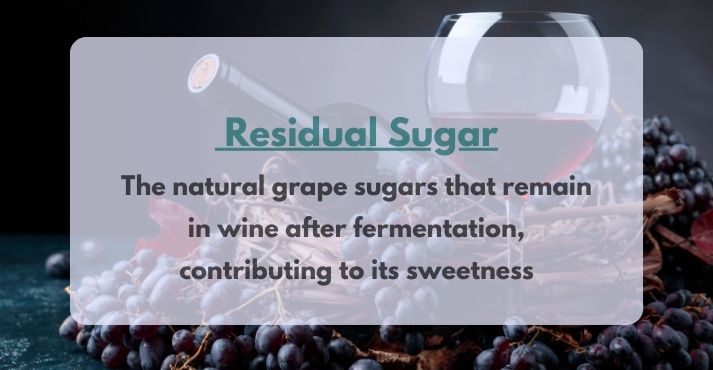
- Racking: It is the process of transferring wine from one vessel to another, typically to separate it from sediment and clarify it. It is often used during the winemaking process.
- Residual Sugar: The natural grape sugars that remain in wine after fermentation, contributing to its sweetness and body, are commonly found in dessert wines and some off-dry and sweet table wines.
- Riesling: A white grape variety originating from Germany, known for producing aromatic wines with high acidity and a wide range of flavors, from floral and fruity to mineral and petroleum notes.
- Rioja: A wine region in northern Spain famous for producing red and white wines, with red Rioja wines often aged in oak barrels and exhibiting flavors of red fruits, vanilla, and spice.
- Rosé: A wine made from red grape varieties, where the grape skins are in contact with the juice for a short period, resulting in a pink or salmon-colored wine with flavors ranging from fresh berries to citrus and floral notes.
- Rustic: A tasting term that describes wines with a rough or unrefined character, often characterized by earthy, herbal, or funky aromas and flavors, reflecting traditional winemaking methods and terroir influences.
Wine terms starting with “S”
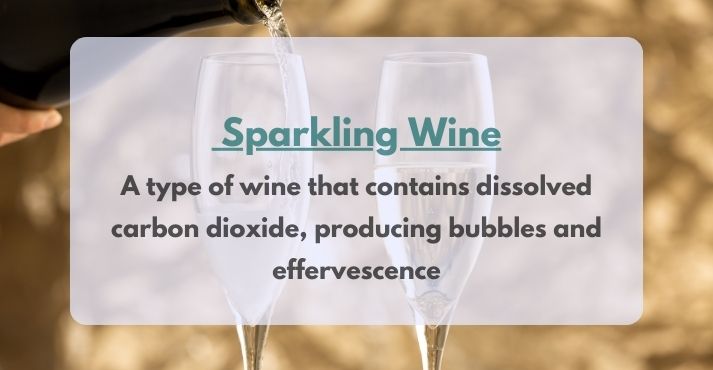
- Sauternes: A sweet white wine from the Bordeaux region of France, made from grapes affected by noble rot, characterized by rich flavors of honey, apricot, and botrytis notes.
- Sauvignon Blanc: This white grape variety is known for its crisp acidity and vibrant aromatics. It often exhibits flavors of citrus, green apple, tropical fruits, and grassy or herbaceous notes.
- Sec: A French term meaning “dry,” used to describe wines with little to no residual sugar, often found on labels of dry white wines from regions like Bordeaux and the Loire Valley.
- Sediment: Solid particles that settle at the bottom of a wine bottle over time, consisting of grape skins, seeds, and other solids, formed during fermentation and aging.
- Sémillon: A white grape variety known for its versatility, used to produce a range of wine styles from dry to sweet, often blended with Sauvignon Blanc, particularly in Bordeaux and Australia.
- Shiraz: A red grape variety known as Syrah in France, known for producing bold, full-bodied wines with flavors of dark fruits, black pepper, and sometimes smoky or savory notes.
- Silky: A tasting term used to describe wines with a smooth and velvety texture on the palate, often associated with fine tannins and well-integrated flavors.
- Single Vineyard: A wine made from grapes sourced exclusively from a single vineyard site, reflecting that particular location’s unique terroir and characteristics.
- Smooth: A tasting term used to describe wines with a soft and seamless texture on the palate, lacking any harsh or astringent sensations, often associated with well-aged or well-made wines.
- Sommelier: A trained wine professional responsible for selecting and serving wines in restaurants and advising customers on wine pairings and preferences.
- Sparkling Wine: A type of wine that contains dissolved carbon dioxide, producing bubbles and effervescence, made using various methods such as the traditional method, Charmat method, or carbonation.
- Structure: A term used to describe the framework or backbone of a wine, including elements such as acidity, tannins, alcohol, and sweetness, which contribute to its overall balance and aging potential.
- Supple: A tasting term used to describe wines with a soft and pliable texture on the palate, often associated with low to moderate tannins and smooth mouthfeel.
- Syrah: A red grape variety is known for producing bold and spicy wines with flavors of dark fruits, black pepper, and sometimes gamey or smoky notes, particularly in regions like the Rhône Valley and Australia.
Wine terms starting with “T.”
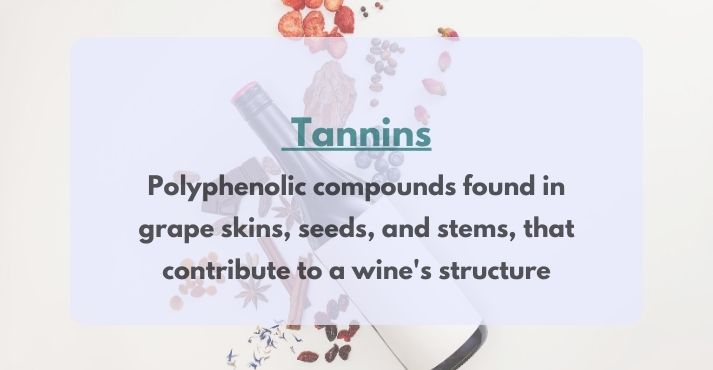
- Table Wine: A category of wine that includes everyday drinking wines, typically low to medium in alcohol content and meant for casual consumption with meals.
- Tannins: Polyphenolic compounds found in grape skins, seeds, and stems, as well as in oak barrels, that contribute to a wine’s structure, bitterness, and astringency, affecting its mouthfeel and aging potential.
- Tartaric Acid: A primary acid found naturally in grapes, contributing to the wine’s tartness and acidity, forming crystals known as tartrates during winemaking and aging.
- Terroir: The combination of environmental factors, including soil, climate, topography, and vineyard management practices, that influence the character and quality of grapes grown in a particular vineyard site, imparting unique flavors and aromas to the resulting wine.
Wine terms starting with “U.”
- Ullage: It is the space between the top of the wine and the cork or closure in a wine bottle. It can indicate the level of wine evaporation or leakage and may affect the wine’s aging process and quality.
Wine terms starting with “V”
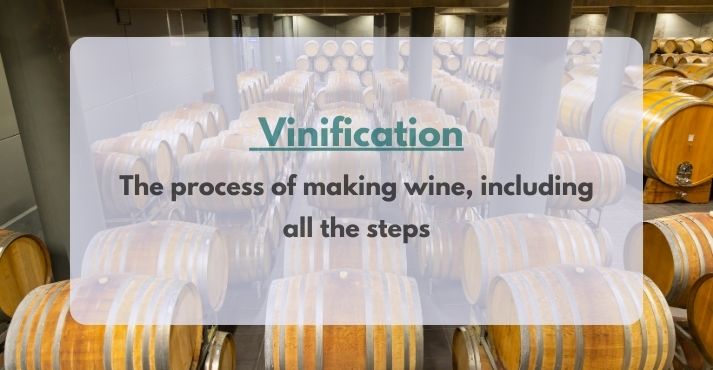
- Varietal: Refers to a wine made primarily from a single grape variety, such as Cabernet Sauvignon or Chardonnay, allowing the characteristics of that grape to dominate the wine’s flavor profile.
- Velvety: A tasting term used to describe wines with a smooth, soft, and luxurious texture on the palate, often associated with fine-grained tannins and well-integrated flavors.
- Vinification: The process of making wine, including all the steps from harvesting the grapes to fermentation, aging, blending, and bottling.
- Vinology: The study of wine, including its production, history, sensory evaluation, and cultural significance, often encompassing aspects of viticulture, enology, and wine appreciation.
- Vintage: Refers to the year in which the grapes used to make the wine were harvested, indicating a specific growing season and climatic conditions that can influence the wine’s flavor, quality, and aging potential.
- Viognier: This white grape variety is known for producing aromatic wines with floral and stone fruit aromas, such as peach and apricot. It is often found in the Northern Rhône region of France and in New World wine regions.
- Viticulture: The science and practice of grape growing, covering all aspects of vineyard management, including soil preparation, planting, pruning, irrigation, pest control, and harvesting, aimed at producing high-quality grapes for winemaking.
Wine terms starting with “W.”
- Wine Glass: A type of glassware specifically designed for serving wine, typically characterized by a stem, bowl, and rim, with variations in shape and size depending on the type of wine being served.
- Wine Tasting: It is the sensory evaluation of wine, involving the assessment of its appearance, aroma, flavor, and mouthfeel. It is often conducted in a structured manner to analyze and appreciate different aspects of the wine’s profile.
- Wine Pairing: This refers to the practice of matching food and wine to enhance the flavors and overall dining experience. It is based on complementary or contrasting characteristics between the dish and the wine, such as flavor intensity, acidity, sweetness, and texture.
Wine terms starting with “Y.”
- Yeast: Microorganisms responsible for fermentation in winemaking, converting grape sugars into alcohol and carbon dioxide, and contributing to the flavor, aroma, and complexity of the resulting wine.
Wine terms starting with “Z”
- Zinfandel: A red grape variety primarily grown in California, known for producing bold and fruit-forward wines with flavors of blackberry, raspberry, and spice, often used to make both red and rosé wines.
- Zymology: The study of fermentation processes, including those involved in winemaking, brewing, and other forms of fermentation, exploring the biochemical and microbiological aspects of fermentation and its applications in food and beverage production.
Conclusion
Understanding wine terms enhances the enjoyment and helps you offer the best wine pairing to your guests and clients.
From the vineyards where grapes are grown to the wineries where they are transformed into wine, each step contributes to the final product’s flavor, aroma, and character.
By familiarizing ourselves with terms like terroir, varietal, and vinification, we can appreciate wine’s complexities and the dedication of those who produce it.

